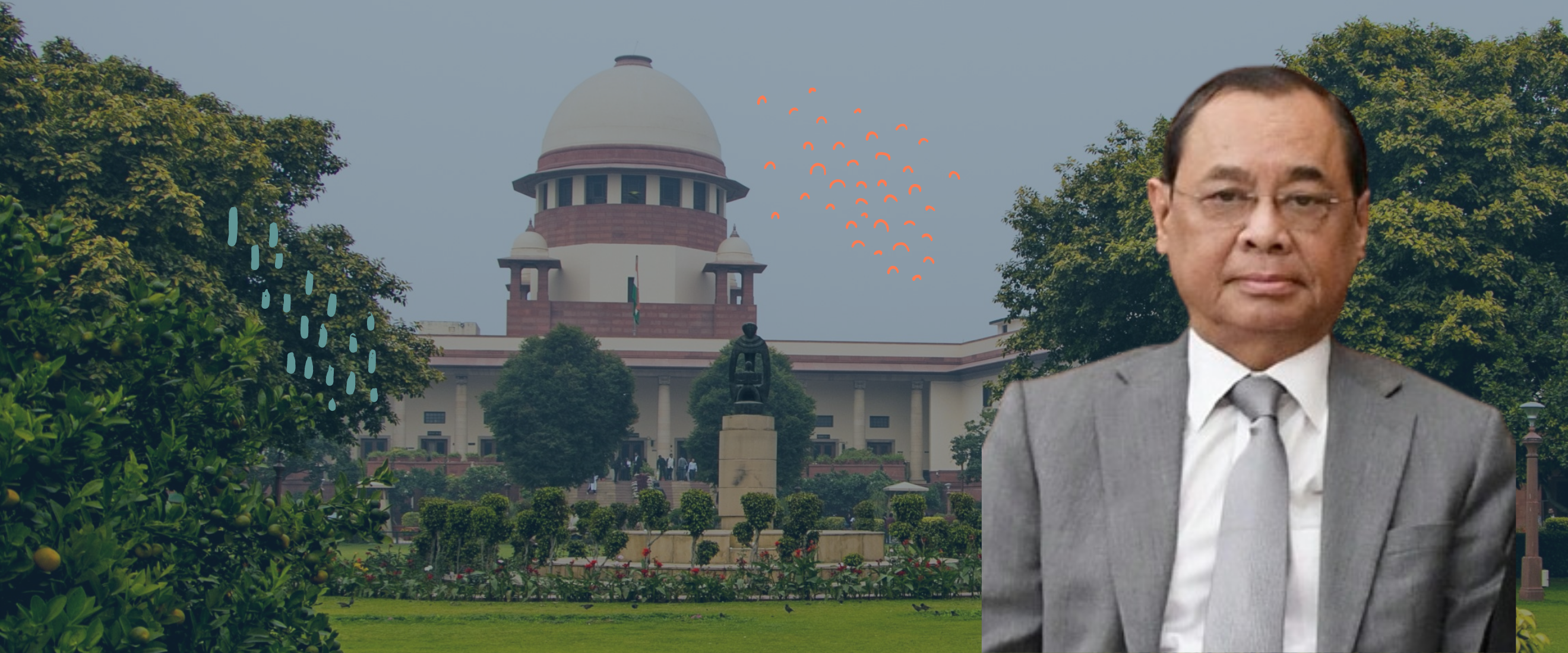Analysis
Final Resolution?
DESK BRIEF: The end of Chief Justice Gogoi's term has produced five key judgments. Did they resolve their underlying disputes?

On November 17th, Chief Justice Ranjan Gogoi’s term at the Supreme Court came to an end. Earlier this month, we wrote about the five key judgments that his benches were expected to deliver. Now that a week has passed since they came out, it is worth taking stock of what the judgments may have resolved.
The Court delivered arguably its most significant judgment first – the Ayodhya verdict. In a unanimous judgment, the Court awarded the disputed title to the deity, Shri Ram Virajman. It directed the State to grant the Sunni Waqf Board an alternate 5-acre plot of land elsewhere in Ayodhya. In its reasoning, the Court emphasised that it sought to resolve the dispute on ‘settled legal principles’ and by ‘applying the evidentiary standards which govern a civil trial’. Nevertheless, it resorted to its expansive powers under Article 142 in granting reliefs, with an obvious concern for reaching a lasting solution
In the two review petitions – Rafale and Sabarimala – we witnessed contrasting applications of the Court’s narrow review jurisdiction. In Rafale, the Court set the bar very high for what constitutes a ground for review. It held that there was insufficient material to modify its judgment, even though it agreed its judgment contained errors and new information had emerged about pricing irregularities. It repeatedly emphasised that it has limited jurisdiction over defence contracts. Nevertheless, it said there was nothing stopping the CBI from pursuing a preliminary inquiry of its own accord.
On the other hand, in Sabarimala, the Court circumvented conducting a review altogether. Instead, it chose to keep the review petitions pending till such time certain overarching constitutional issues pertaining to women’s access to public religious places are decided by a larger Bench. Thereby, the Court avoided answering whether there were any patent errors in its 2018 judgment. Justice R.F. Nariman, writing for himself and Justice Chandrachud, expressed a strong dissent – pointing out how the review petitioners had abjectly failed to establish any grounds for review.
In the Tribunals and Finance Act matter too, the majority stopped short of answering the most critical question before it – whether Part XIV of Finance Act, 2017 was validly passed as a Money Bill? The Lok Sabha can pass a Money Bill without the approval of the Rajya Sabha. Given the lack of clarity as regards to the scope of Money Bills, the majority deemed it fit to refer this issue to a larger bench. Although the majority refrained from answering this question, it did cast doubt on the way in which the Aadhaar judgment characterized the Aadhaar Act as a Money Bill.
Finally, in the RTI matter, the Court unanimously held that the Office of the CJI is within the scope of the Right to Information Act, 2005. Justice Khanna, writing for the bench, dismissed the notion that judicial independence cannot co-exist with transparency. He concluded that RTI requests must be decided on a case-by-case basis, upon consideration of the ‘larger public interest’.
It appears that none of these judgments has conclusively put an end to these disputes. The Court has adjourned resolving the Sabarimala and Tribunal matters till a later date by issuing referrals. In the RTI matter, two of the three RTI requests that started the dispute have been remitted back to the Court’s Information Officer for re-examination. In Rafale, there is the distant possibility of a future CBI preliminary inquiry. Finally, several of the parties in the Ayodhya dispute have announced they will file review petitions.
Stay tuned,
SC Observer Desk
(This post is extracted from our weekly newsletter, the Desk Brief. Subscribe to receive these in your inbox.)
